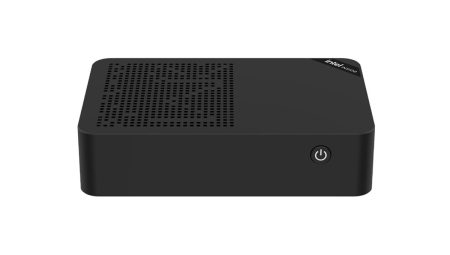Hardware Information
Viewing CPU, Memory, Storage Usage
Equipped with a Quad-core Intel Celeron processor N5105, running at clock speeds ranging from 2.0GHz to 2.9GHz (Max – Turbo Speed), this entry-level powerhouse delivers exceptional performance. With 8GB of RAM and a 256GB eMMC flash storage, it effortlessly handles your computing needs. The system comes preloaded with Windows 11 Pro, complete with an OEM license, providing a seamless user experience. To our amazement, this hardware configuration exceeded our expectations, offering a level of smoothness reminiscent of a full-sized desktop PC.
Free space
The MeLE Quieter HD3Q comes with different eMMC storage configurations in the default configuration, but you are not limited to eMMC storage space. As mentioned previously, Windows 11 Pro edition comes pre-installed on the device. From 256GB eMMC flash storage, you are left with ~191GB of free space.
If that’s not enough, you can add an SSD and M.2 SSD Card and potentially reach a total capacity of internal storage of about 8TB (excluding eMMC storage). You also got a pair of USB 2.0 next to two additional USB 3.0 ports for connecting external drives, which should be more than enough even for heavy high-power users.
Memory
The 8GB LPDDR4 RAM configuration worked well for us. Based on Windows 11 Task Manager information, with a fresh booted clean system without any extra apps running in the background, only %30 of 8GB of RAM was used. It’s also important to mention that the memory components are soldered to the PCB, so in terms of future upgrades, you don’t have the option to add additional memory modules.
Windows 11 Pro (21H2) | System / OS Information






Windows 11 Pro: System Information
AIDA64 system information







Ubuntu 22.04 LTS: System information
Bios Information

System Device Information

CPU Information





